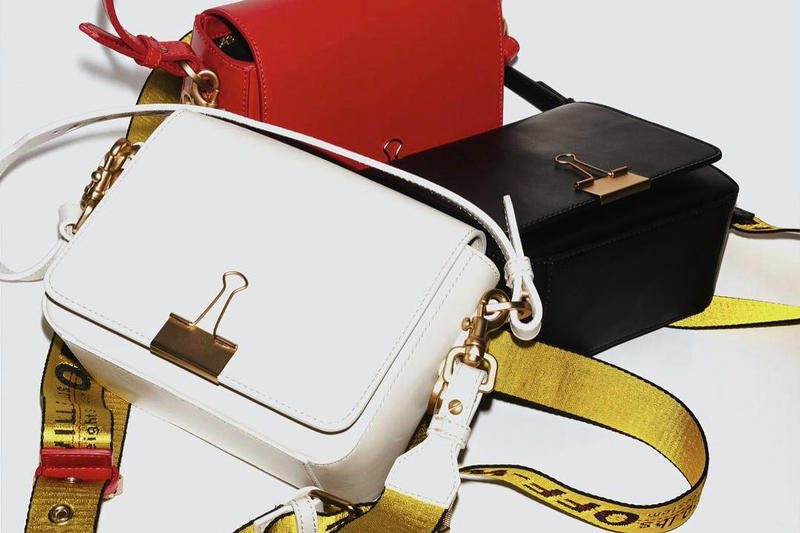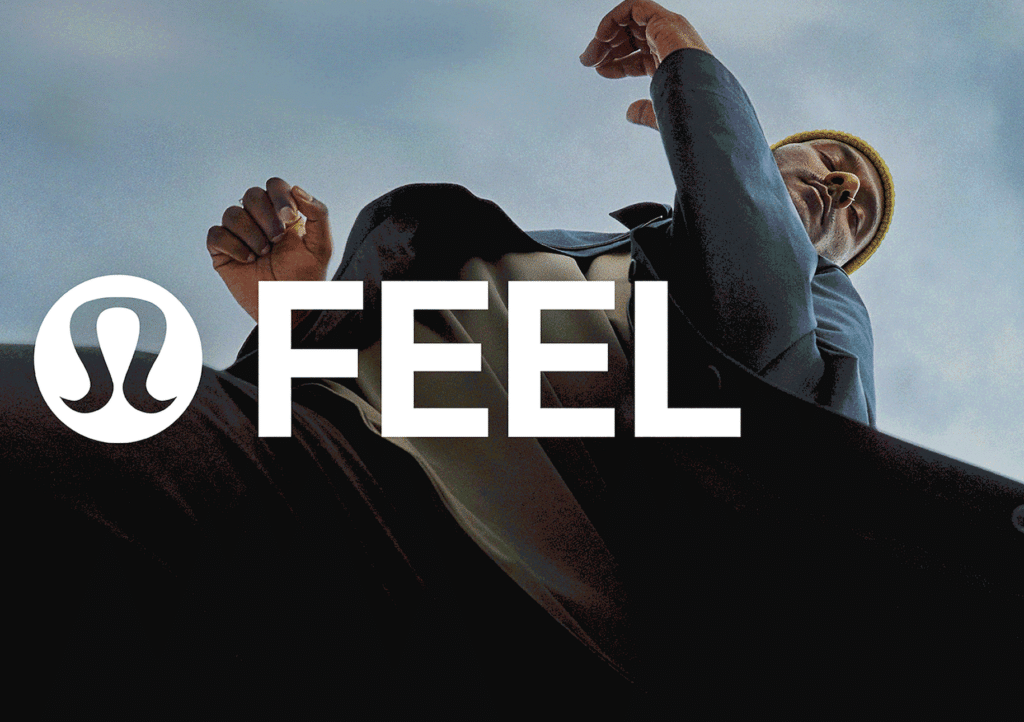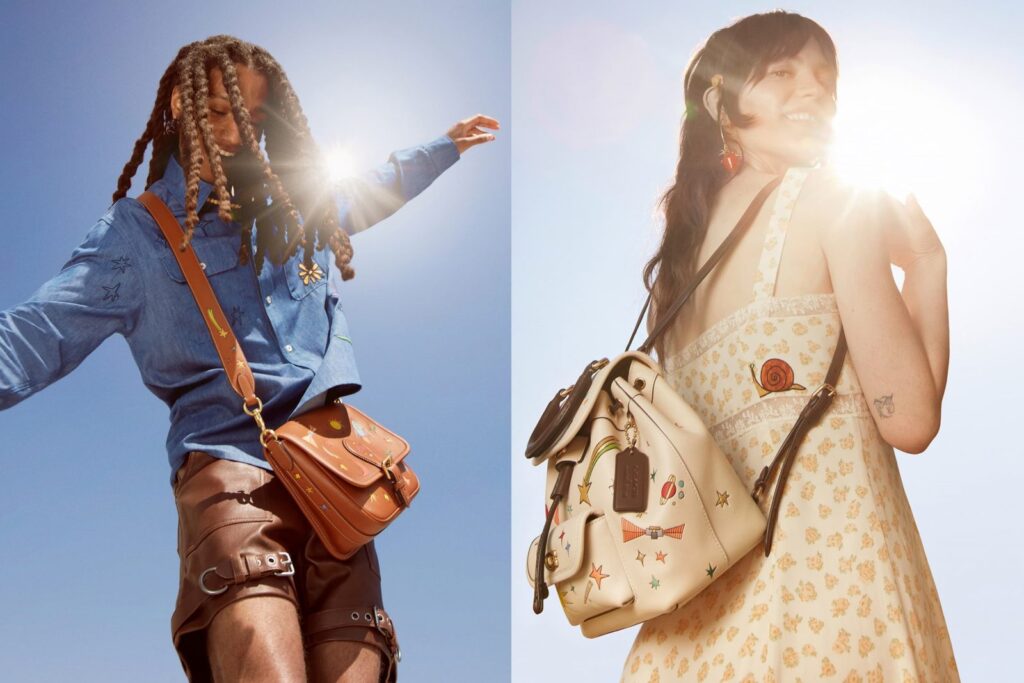An interesting mix of individuals were abuzz when the annual Council of Fashion Designers of America (“CFDA”) Awards nominations were announced in March. As usual, many of the New York-based trade group’s favorite suspects – such as Marc Jacobs, Ashley and Mary-Kate Olsen, Tom Ford, Thom Browne, and so on – were in the running for a Trova, as the CFDA Awards statue is called, again this year. But new names were also in the mix: Kim Kardashian would take home the brand new “Influencer Award” and James Jebbia of Supreme would be in the running for the Menswear Designer of the Year Award.
In response to Jebbia’s nomination, writer Gregk Foley penned a telling Op-Ed for Dazed, in which he states that the influence that Jebbia and his brand, which got its start by way of a small retail space on Lafayette Street in New York City almost 25 years ago, “have had upon contemporary style is undeniable.” On the other hand, he countered, “There’s one problem. James Jebbia isn’t a fashion designer.”
To be specific, Foley noted, “Beyond maybe a t-shirt here and there in the early years, it’s unclear whether [Jebbia has] ever designed a piece of clothing in his life.”
The question before us now in light of Jebbia’s nomination – and his subsequent win (yes, he took home the CFDA’s Menswear Design Award on Monday evening ) – is this: What does it tell us about fashion if Supreme – now in the upper-most echelon of the fashion establishment, in large part thanks to its recent collaboration with Louis Vuitton (the most valuable luxury brand in the world) – has relied almost exclusively on t-shirts and hoodies, as opposed to more traditionally defined “fashion” products?
And while we are at it, does it matter than Jebbia is not what one would consider a “fashion designer” in the most accepted sense? (This is something he is willing to admit; taking to the podium on Monday evening, Jebbia told the crowd, “I’ve never considered Supreme to be a fashion company or myself to be a designer.”).
Well, given Jebbia’s CFDA nomination and win, the larger distinction between screen-printing brand builder and “fashion designer” seems highly dubious, a technicality, really.
To be fair, being a “designer” was not really a set-in-stone requirement even before Jebbia. It is hardly a secret that Ashley and Mary-Kate Olsen of The Row, who took home their second Accessories Design Award on Monday, and many Womenswear Design Awards in years prior, are not formally trained designers. Following the departure of their “secret weapon,” The Row’s former design director, Nadège Vanhee-Cybulski, who left the New York-based brand to take the helm of Hermès in 2014, some of the innerworkings of their label became a bit more transparent. In short: The tiny twins are not doing the designing.
And what about Virgil Abloh? Another untraditional designer, Abloh – initially armed with cred from his first venture Pyrex, and his strong ties to Kanye West – has also found no shortage of success in recent years with his label, Off-White (and its many, many collaborations), despite not being a “designer.”

His ability to gain traction in the difficult industry that is fashion is largely due to his ability to consistently put forth heavily coveted and oft-heavily branded products. Yes, more significant than his lack of formal design abilities – or that fact that Off-White has “not reinvented, well, anything,” as The Washington Post’s Robin Givhan stated in her review of his Fall/Winter 2018 collection – is Abloh’s ability to resonate with the youth and … build hype around himself and his brand.
As Givhan further opined in her review of F/W18 Off-White, “Does Abloh make existing products better? Or does he simply make them cooler and therefore more desirable by connecting himself to them?” Again, this distinction “doesn’t even matter,” Givhan rightly concludes, “because what is true is that design houses, particularly big ones, swoon at the thought of stirring the kind of passion among their legions of customers that Abloh sparks in his.”
Mr. Abloh did not need awards on Monday night, though. He won something far bigger than a CFDA Award (although those will come in due time) when it was announced this spring that he would replace Kim Jones as Louis Vuitton’s menswear artist director. His appointment further obfuscates the need to distinguish between designers and non-designers.
The increasing lack of relevance in terms of whether individuals are actually designers (or are not designers) should come as little surprise given the practical considerations of the role of creative director, which tends, at least at big and/or well-funded brands, to include far more creative oversight tasks than actual designing. It is not uncommon for creative directors to have “design directors,” after all, who oversee teams of designers.
But maybe even more importantly, the distinction is swiftly becoming less important thanks to the direction that the fashion industry has been tasking in recent decades. The industry’s continued reliance on big-name and buzzy creative directors certainly seems to suggest that at least some of the qualities we look for in a creative head are not too distantly removed from those of the “it” model or brand ambassador, particularly given the celebrity in its own right that creative directors enjoy today.
One could rightfully argue that a reliance on flash over formality is little more than a direct response by brands to operate in a way that is consistent with how consumers value (or do not value) fashion in 2018.
Fashion (as distinct from purely utilitarian clothes) is, at the moment, inherently fleeting, of little lasting value (as distinct from cost) to the majority of its wearers, and primarily for the purpose of being part of the status quo. The notion of fitting in vis-a-vis one’s apparel is nothing new, of course. The differentiating factor is that now, in the Instagram age, the shifts in what signifies “cool” are simply occurring much more rapidly, and thus, there is significantly less room/time for the average person to approach fashion with any sort of depth.
The furor of fashion fans – from recently-hatched Supreme fans to Demna-for-Balenciaga or Vetements diehards – is, in many cases, not being borne out of an appreciation for design (who actually likes brightly colored platforms crocs or overpriced Yeezy sweatpants for women?). Instead, it is the manifestation of a desire to emulate the influencer – be it an Instagram model or Kanye West – who is putting forth/endorsing a certain look or individual product, because in 2018, who has the desire to be inherently individualist with their fashion choices? If the CFDA Influencer Award is spot-on, we all want to look like Kim.
Fashion is playing Supreme’s game in this sense: Create excitement and maintain it at all costs, attempts at novelty and expertise in design be damned.
The inclusion of buzzy brand-builders amongst the likes of more traditional designers, however, has some questioning the move. In response to the Supreme nom, which is not completely out of left field given last year’s recognition of Demna Gvasalia as the CFDA’s International Award winner, respected fashion industry critic Eugene Rabkin, the founder of Style Zeitgeist, stated: “This year in a lame attempt to be cool the CFDA nominated Supreme for a menswear designer of the year award.”
Rabkin is not the only one to question this small handful of nominations (potentially including the Olsens, at least in terms of when they were first nominated in 2011, just four years after they launched their label). “At worst this is an intentional, ‘look how relevant we are’ PR play by the CFDA,” Lawrence Schlossman, Brand Director at Grailed, told Highsnobiety. “At best, it’s a legitimate tip of the cap an entire subculture can be proud of.”
(In terms of the former, it is difficult to fault the CFDA for wanting to create an increasingly visible and “relevant” awards ceremony. That is just good business).
As for Mr. Foley – who acknowledges that “Supreme’s magic formula (has been) subsumed into the fashion ecosystem to a point that the two are now virtually indistinguishable.” – he says the Supreme nomination “isn’t about the fashion industry celebrating Supreme and the man that made it one of the most important fashion labels of the past three decades. It’s about the fashion industry patting itself on the back for finally ‘getting’ it.”
What does any of this mean for those brands operating more in accordance with the traditional notions of design, or for the fashion industry at large, you ask? The New York Times’ Jon Caramanica probably put it best, telling Highsnobiety that while “it’s now easier to build a brand that garners critical and popular acclaim outside of the system … the system isn’t going anywhere. Too many people have invested too many dollars (and euros) for that.”
* This article was initially published on 15 and has been updated to indicate Jebbia’s win of the CFDA Menswear Design Award.











